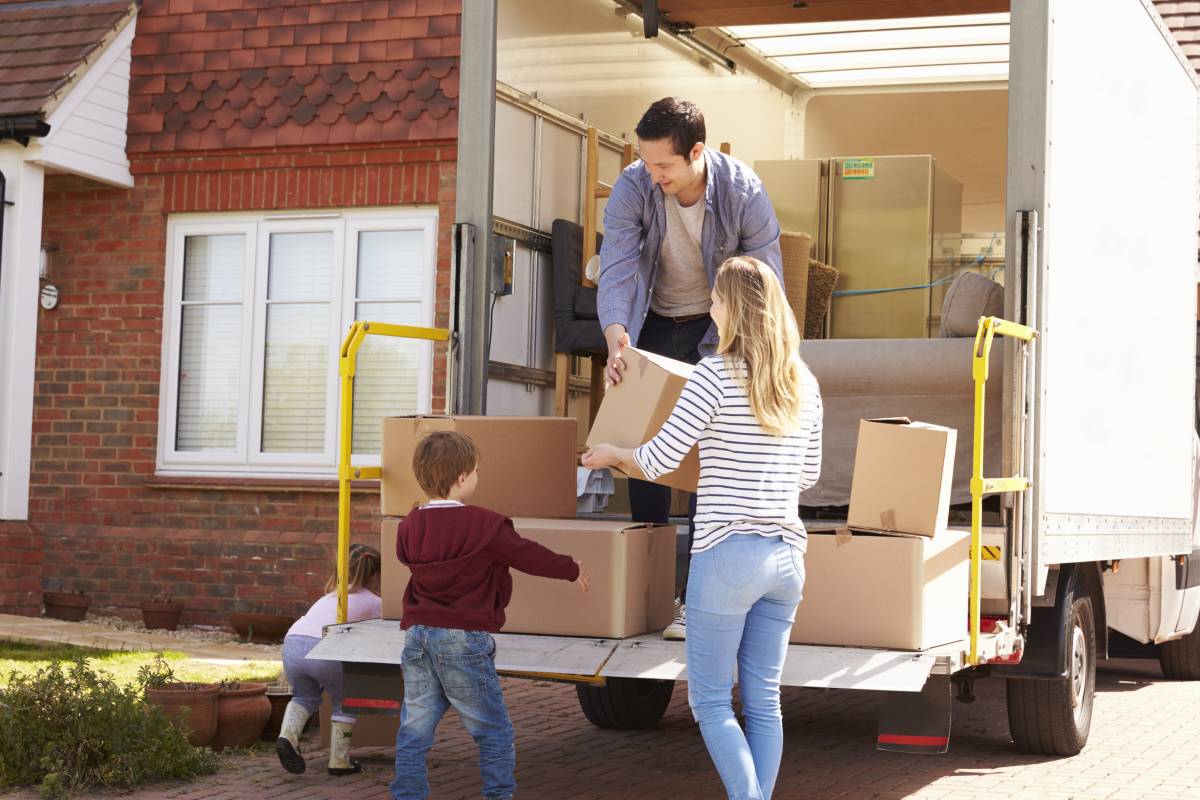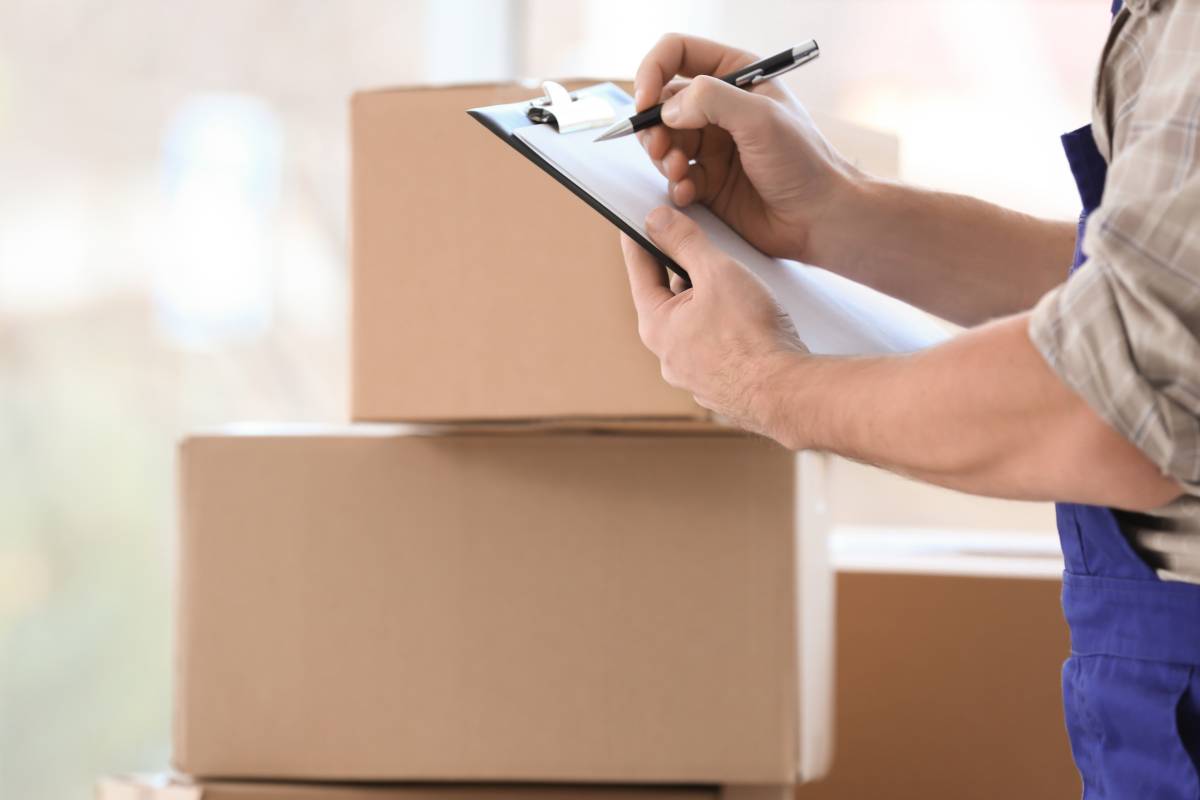
Moving guide and checklist: How to plan your move without the stress
Plan your house move with this guide.
Get help for your house movePublished on
An exciting chapter awaits when you move into a new home. Moving to a new place is like opening a door to a new world of possibilities. Whether it's renting a cosy apartment or taking the big leap into homeownership, there are some things that always manage to sneak up on us, or worse, slip our minds completely.
But worry not! We've got your back with this moving guide to rescue you from last-minute chaos and ensure a stress-free journey. This ultimate roadmap will not only save you precious time but also guarantee that you're ready to conquer your move with ease. Say goodbye to worries and hello to a smooth sailing adventure!
Before we move to your moving house checklist, here are a few tips:
|
Choosing your new home
So, you’ve decided to move out but have yet to pick your new place. Some of the factors you need to consider when choosing your next home include price, size, and location. These three co-exist in the journey of house hunting and require plenty of research.
Price
Selecting a home that suits your budget should be one of your primary considerations. Here are a few questions that might help you narrow down your choices:
Are you looking for a cheaper place?
How much are you willing to shell out for monthly rental?
Do you have enough money to cover your rental bond?
Do you need to apply for a mortgage before buying a house?
Size
How much space do you need? Are you sizing up or down your home? How many rooms do you need for the kids? Do you need a yard for your pet? Will your antique mahogany table fit in your dining room? These are just some of the questions you can ask yourself when looking for a new house, especially if you’re going through a lifestyle change.
If possible, it’s best to go physical house-hunting to get an idea of what your options look like inside and out. Remember, the larger the size of the house, the more you’ll have to spend on utilities and maintenance.
Location
Where you plan on moving requires a systematic process and usually involves specific circumstances:
Do you plan on moving closer to work?
Are the houses on the other side of town cheaper?
Do you want a home that is accessible to public transport?
Does this neighbourhood provide a safe community to raise your kids?
Location is everything in choosing a home, as it affects a myriad of factors for yourself and your family in the long run.
Hat tips:
|
Planning your move
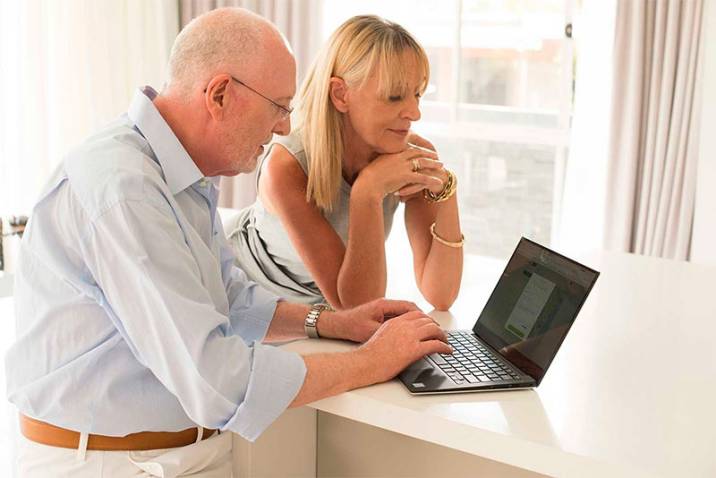
A great deal of planning can make your move less stressful. It’s important to know what to do before moving into a house, as this will help you prevent last-minute packing or documentation when your move date finally rolls in. Here are some planning tips for moving to get you started.
Getting the paperwork sorted
One of the important things to tick off on your checklist for moving houses is to go over your paperwork with your agent. Make sure to read the fine print and ask all the questions you’d like answers to. Once you’ve sorted out all your documents, have them stamped by local authorities. It also helps to have photocopies just in case.
Hat tips:
|
Start decluttering
Start the purge process early. As much as six weeks before your move date, start clearing out the ‘undesirable’ items. Sort through your belongings with a “keep” or “toss” pile. Labelling and colour-coding can also come in handy to easily identify which is which.
Here are some questions you need to ask yourself when you’re decluttering:
- When did you last use {insert your item}? If it’s more than 6 months, it’s got to go.
- Does it fit in your new home? If you can’t get in past the front door, then there’s no point in putting it in the truck in the first place.
- Is it useful? Ok here is where the honesty comes into play. If it’s a totally useless item, why do you need it?
Declutter by giving your items, selling, or donating to charity should happen as soon as you know you’re moving home. Think about it; if you do something every day towards your end goal (moving in this instance), then it’s less of a hurdle at the finish line.
Always keep in mind the amount of space you’re moving into, knowing the room available to you sets the boundaries to how much you can take along with you for your move.
| If you need a little help in purging items, get decluttering services so you have more time to focus on other aspects of your move. |
Get measurements
This will help you to understand the space you’re moving into and which items you currently own will fit.
Make a start by measuring up the dimensions of large furniture (fridge, sofa, and dining tables) and then go to your new home and measure out the space. You could even use masking tape to map out the room.
Don’t forget to measure the doorframes and hallways. There’s nothing worse than lugging the plush leather sofa, only to find that you can’t even get it inside the living room.
Packing up and coordinating
The earlier you start sorting out your belongings and talking with concerned parties, the easier your move will be. Prepare your packing materials. It’s not only boxes and tape that you’ll need to start the pack up, there are a couple of other things we bet you’ve forgotten:
Packing paper
Good textas
Bubble wrap
Scissors
Labels (Have a box number system, put your new address and contact name/ number)
Wardrobe boxes
Get your packing supplies together (check with the moving services company whether they can provide any). Take advantage of everyday household materials like linen, garbage bags, and even socks!
Hat tip:
|
Inform your internet, water, gas, and electricity provider for utility transfer. Note down your last few payments. You can even take a photo of your utility meters before leaving your old home and arriving in your new one.
Just a few more things:
Work out the travel route to your new home.
Organise parking for the removal vans or a moving truck at both addresses.
Find storage facilities if needed. Try asking your removalist who may be able to recommend some.
Label organisation
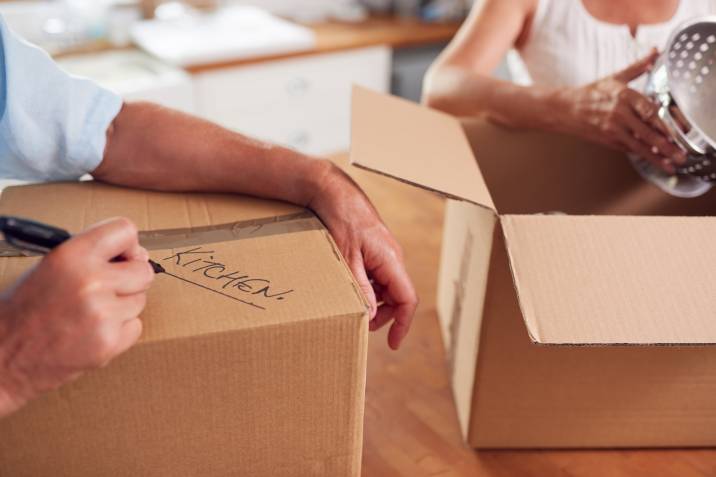
You may think this is over the top, but we promise it’s not. Start by numbering or naming each room in your new home on a plan, that you and the removalists have a copy of. Then make sure you label the boxes to match the room in your new home. Make a list of the box and its contents, so you can easily find the right items for the right room once you’re settled in your new home.
This method will make it faster and more streamlined if you’re doing the heavy lifting yourself or if you’ve hired some help.
Look into using a professional removals service
Sometimes, things are best left to the professionals, and this is one of those times. Get a quote from a mover (if you’re hiring) and coordinate arrangements with your agent or landlord weeks before moving day. Appoint a team of removalists to ease your pain come moving day.
Check which services they offer to ensure they have everything you need for moving day. Do they have a moving truck, or do you need to rent one? Can they help with packing your things?
You’ll need to pick a day that you need to move to start compiling quotes. Booking a mover on a weekday can sometimes be at a discounted rate so being organised can end up saving you some money.
Most moving companies will only move boxes from A to B, and getting full-service packing and unpacking help can become expensive. However, having an extra pair of hands to help can ensure all your packing gets done and even help with furniture assembly at the other end.
If a moving company is too expensive, hiring an Airtasker for removals to help you is a great alternative as they can assist you with almost anything - from packing and moving to post and pre-moving home cleaning.
Hat tip:
|
Cleaning and fixing up
Most landlords would want you to leave the same way you came into their units—to a bare and clean home. On moving day, try to keep your home tidy. You can even book an end of tenancy cleaning service for good measure. Get a quote from cleaners to find out how much end of tenancy cleaning costs and factor this into your moving preparation. Don’t forget to clear up your refrigerator and get waste disposal help if you need to rid of perishables and other household waste.
Check all your fixtures, sockets, and walls. If there’s anything that needs to be repainted or repaired, do so before you leave. You can even hire a professional to do it for you.
Most importantly, keep all your valuables and important and sensitive documents close to you at all times.
Hat tips:
|
Moving time
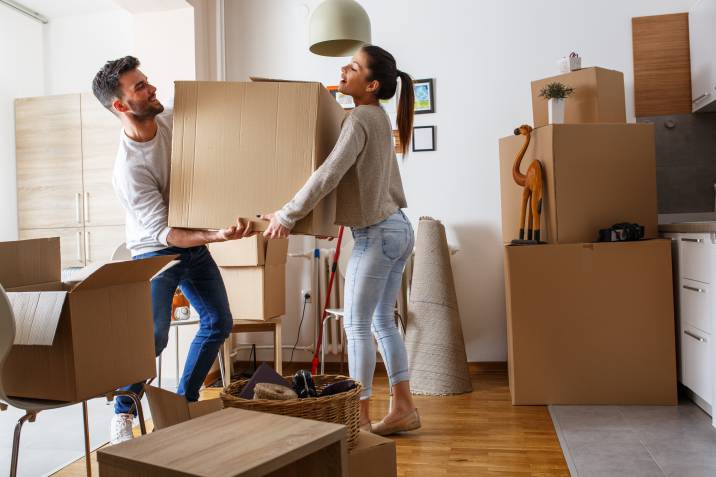
After coordinating with your mover, it’s time to get going to your brand new abode! Inform them which items are fragile and need careful handling, and try to let them know in advance where boxes will go in your new home (if they’re labelled, it should be easy). Make sure you (or another member of the household) are at hand to answer any of the moving services team’s questions
Turn off your gas, faucets, and lights, unplug your washing machine, dishwasher, and other appliances, lock up the windows and doors, and hand over your keys to your landlord or new tenant. Make sure to take care of last-minute errands, such as collecting dry cleaning and returning things you borrowed. Last but not least, take the time to say goodbye to your old home.
Say goodbye to your neighbours and hello to your new ones
Don’t get too distracted by your move that you forget about your neighbours. You should let them know about your move if moving trucks will be blocking driveways, and also your new address to forward mail and keep in touch.
The same goes for your new home. Make sure to meet your new neighbours, introduce the family, and let them know when you’ll be settling in. A proactive approach is a great way to get a good start with your new community.
Unpacking and settling in
Once you’ve unloaded and brought all your boxes into your new home, take note of the entire house’s appearance and state. Are there cracks in the walls? Faulty utilities? Leaks in the pipes? You can take photos of any damaged areas and bring them up with your landlord.
Gradually unpack and assemble your furniture. Get a friend to help you or hire an assembly expert to ease up the stress of fixing up your entire home.
Notify friends, family, banks, your post office, credit card company, and any other services and utility companies of your change of address. If you have a driver's licence, be sure to update the information to show your new address.
Be sure that part of your moving checklist is to install a security system as soon as you move in. It's better to have a deterrent, especially if you're new in the neighbourhood.
Hat tips:
|
Get home & contents insurance
Make sure your insurance is sorted for your new home. Organise your existing home insurance policy to cease the day after you’ve moved out and your next insurance policy to commence the day before you move. This means you’ll be covered for moving day when you technically aren’t living anywhere.
More moving tips
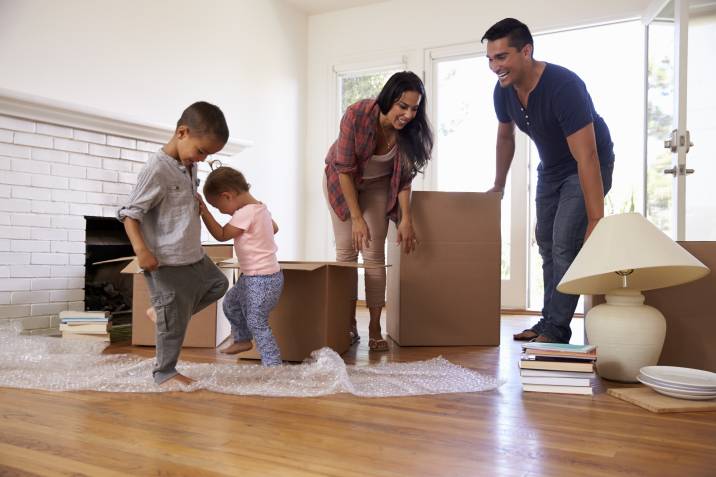
The big plan is pretty much sorted out, but you’ve still got some things on your mind before leaving. Below are tips you can use in the process of moving to your new home.
Pack before estimating
One of the important moving house packing tips often overlooked is to have an estimate of how many items will be transported. Once your items are all packed and ready to go, it’s time to inform your mover how much they actually need to transfer. If you can pack as early as a couple of weeks, this will yield a more accurate quote. Packing up before hiring movers gives a better estimate of how much they’ll charge you and saves you any unexpected last-minute costs.
Get Powered Up
It’s a really simple thing to get power connected before you move, but don’t forget to also get it disconnected from your current place too. Whether it’s just changing names or providers, make sure it’s on your priority list.
Disassemble your furniture in advance
You’d think it’d be a breeze dismantling your queen-sized bed. Think again and ahead by measuring and disassembling large furniture that doesn’t fit on the way out the doorway in advance. It doesn’t just save time but stress as well! Have a toolkit handy. You’ll need this at the other end while unboxing and assembling. To keep things more organised, store bobs and screws in ziplock bags labelled with which furniture it matches.
Board your pet
Moving is hard enough but put a dog or cat in the mix, and things can get tricky. Instead of bringing your pets right on moving day, board them in a kennel or cattery for a few nights until you’ve settled enough in your new home. You’ll have time to arrange your house and make it homey for your furry friend’s grand arrival.
Pack a survival kit
Your first few nights in your new home can get pretty chaotic. To avoid living out of boxes, pack a bag with all your essentials for a good week. This includes clothes, gadgets, toiletries, bedding, towels, milk, coffee, tea, toilet paper, water, a kettle, cups, medicine, and snacks. It’s easily accessible and stops you from going through all your stuff and making a big mess.
Consider recycling
Recycling may not only save you money but it’s also highly waste-intensive with a serious impact on the environment. Surely you don’t need everything from your old house. You could consider having a garage sale or putting items up for sale online. If there’s not a huge value or no takers why not give it to friends and family or donate it to a local charity?
There’s bound to be a friend of a friend moving sometime soon, so rather than creating more landfill, give your used boxes to them. Or better yet, rent your boxes.
| Know how much it costs to move houses so you can prep more thoroughly and avoid last-minute expenses. |
A successful move is all about having a solid plan and a great deal of prep. Use this moving guide, so you can plan thoroughly and navigate through the hiccups of your move with ease.
If you’re all set to move to your new home, hire professional removalists at Airtasker who can help you tick off the tasks above and give more tips for moving. Whether it's packing all your things or transporting bulky, fragile items, our Taskers are here to help.
FAQs on moving
Some of the things you might want to leave behind are bulky and worn-down furniture that can take up plenty of storage space. You can also do without small appliances that you no longer use, as well as old dishware and mismatched or duplicate cutlery. If you have a lot of old clothing, pillows and curtains, consider donating them instead of disposing of them entirely.
Typically for a move, you’ll need moving boxes (size and quantity will depend on how many items you have and how big or small they are), packing paper, bubble cushion wrap, Styrofoam packing peanuts, and packing foam. You may also want to keep several marker pens in handy for labelling purposes and basic tools like scissors and packing tape.
Find removalists, fast
Find a removalist
Related articles
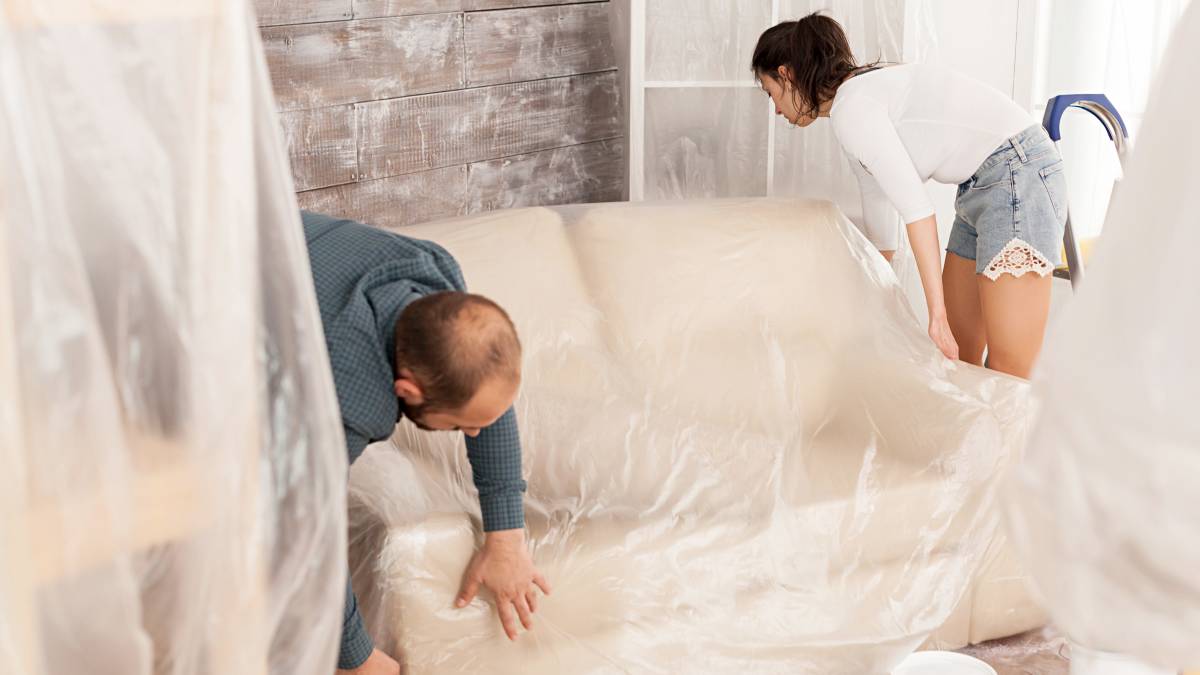
How to wrap furniture for moving
Read more
Related price guides
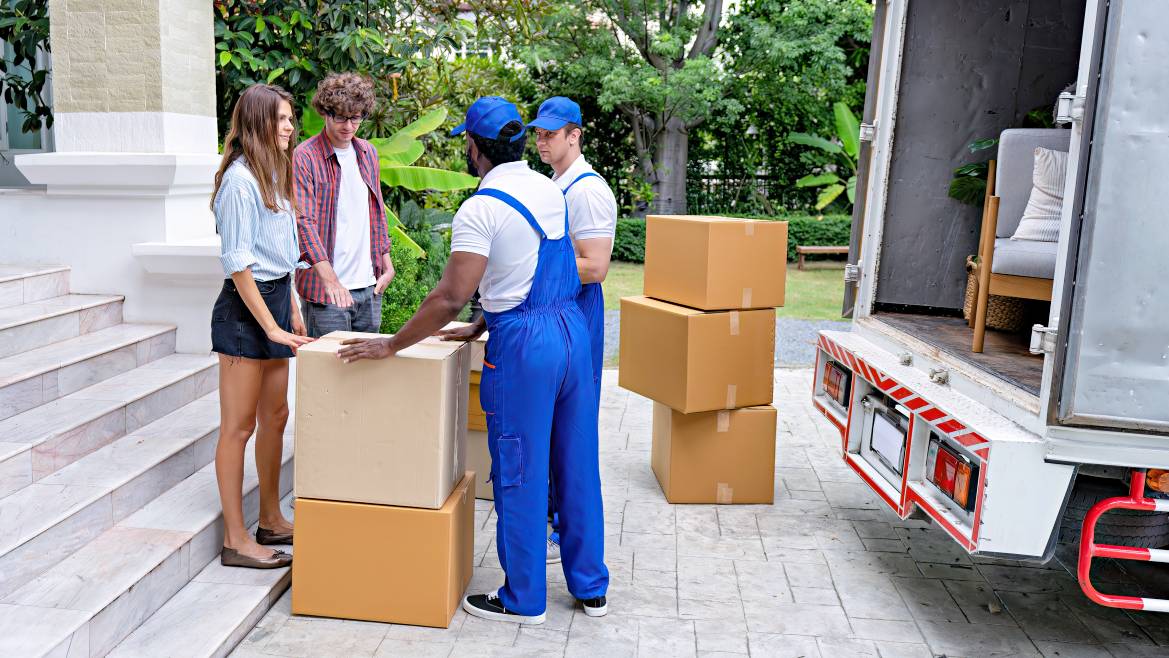
How much do removalists cost?
Read more
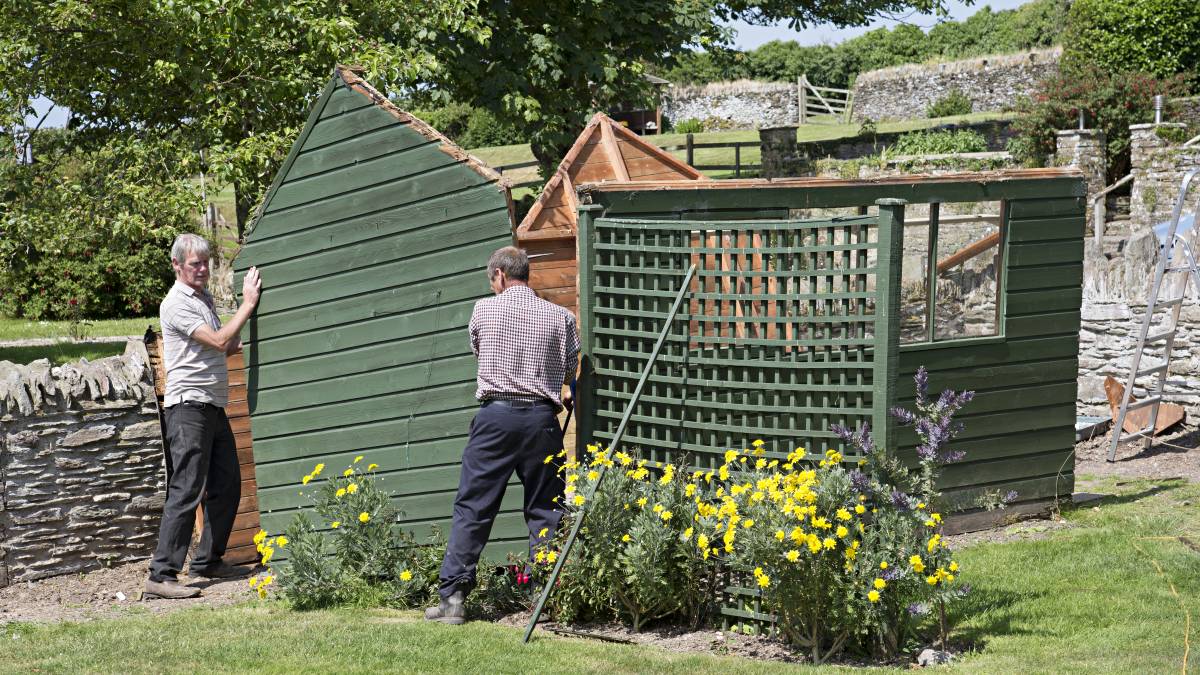
How much does shed removal cost?
Read more


